WELCOME TO ROYAL DACHSHUND KENNEL
We’re excited to offer you the opportunity to bring home one of these beautiful and loving babies. Browse our available puppies and learn more about this amazing Dachshund breed.
HISTORY OF DACHSHUND
ORIGIN
The Dachshund was created in Germany where he was known as the badger dog, dachs meaning badger and hund meaning dog. Illustrations of dogs resembling Dachshunds date to the 15th century and documents from the 16th century mention the “earth dog,” “badger creeper,” and “dachsel.” Badger wasn’t the Dachshund’s only prey. He was also used on den animals such as foxes, and packs of Dachshunds trailed wild boar. Those early Dachshunds varied greatly in size. The dogs used on badgers and boar weighed 30 to 35 pounds. Dachshunds used to hunt foxes and deer weighed 16 to 22 pounds, and smaller 12-pound Dachshunds hunted hares and weasels. For a brief time in the early 20th century, 5-pound Dachshunds were used to bolt cottontail rabbits. Known as the Teckel in Germany, the breed was refined over the course of many years by German foresters in the 18th and 19th centuries. They wanted to develop a fearless, elongated dog that could dig into badger burrows, and then go into the burrows to fight the badger to the death if necessary. The Smooths were the original type, created through crosses with the Braque, a small French pointing breed, and the Pinscher, a small terrier-type ratter. French Basset Hounds may also have played a role in the Dachshund’s development. The long-coated Dachshunds were probably created through crosses with various spaniels and the wirehairs through crosses with terriers. Carefully sculpted through years of breeding, today the Dachshund is the only AKC-recognized breed that hunts both above and below ground. Their short, powerful legs enabled Dachshunds to go deep into narrow tunnels to pursue their prey. Their long, sturdy tails, extending straight from the spine, provided hunters with a “handle” to pull the Dachshund out of the burrow. The Dachshund’s unusually large and paddle-shaped paws were perfect for efficient digging. The Smooth Dachshund’s loose skin wouldn’t tear as the dog traversed into tight burrows. Their deep chest with ample lung capacity gave them the stamina to hunt, and their long noses enabled them to be good scent hounds. Even their deep, loud bark had a reason so the hunter to locate his dog after it had gone into a burrow. And of course, they had to be bold and tenacious.
SIZE & COLORS
Dachshunds are bred and shown in two sizes: Standard and Miniature. Standard Dachshunds of all varieties (Smooth, Wirehair, and Longhair) usually weigh between 16 and 32 pounds. Miniature Dachshunds of all varieties weigh 11 pounds and under at maturity. The Smooth Dachshund’s coat is short and shiny. Single-colored Smooth Dachshunds often are red or cream, perhaps with some black hairs. Two-colored Smooth Dachshunds usually are black, chocolate, wild boar (grizzled), gray (blue) or Isabella (fawn) with tan or cream markings.

Although the original German Dachshunds were larger than the Dachshunds we know today, you can still see the fearlessness for which the breed was developed in even the smallest varieties. Give your Dachshund a squeaky toy and he’ll likely “kill” it by destroying the squeaker as quickly as possible. Remember, these dogs were bred not only to hunt prey, but kill it as well. In the 1800s, Dachshunds started being bred more as pets than as hunters, especially in Great Britain. They were favorites in royal courts all over Europe, including that of Queen Victoria, who was especially fond of the breed. Due to this trend, their size was gradually reduced by about 10 pounds. Eventually, an even smaller version the miniature dachshund was bred. A breed standard was written in 1879, and the German Dachshund Club was founded nine years later, in 1888. By 1885, Dachshunds had made it to America, and 11 were registered with the American Kennel Club that year. The first one was named Dash. The Dachshund Club of America was founded 10 years later, in 1895. The breed became very popular in the early 1900s, and in 1913 and 1914, they were among the 10 most popular entries in the Westminster Kennel Club Show. During World War I, however, the breed fell on hard times in the U.S. and England because they were closely associated with Germany. Dachshund owners sometimes were called traitors and their dogs stoned. After World War I, some U.S. breeders imported some Dachshunds from Germany and the breed started to become popular once again. The breed faced a similar fate during World War II, but not nearly so severely as during World War I. In the 1950s, Dachshunds became one of the most popular family dogs in the U.S. again, a status they have enjoyed ever since. While Dachshunds rarely are used as hunting dogs in the U.S. or Great Britain, in other parts of Europe, especially France, they still are considered hunting dogs. Today the Dachshund ranks sixth among the 155 breeds and varieties recognized by the AKC.
About Us
WHO WE ARE
I’m called Paul L. Torrence My better half and I are pet sweethearts so we took up the drive to raise these beautiful canine variety to fulfill the necessities of families who will need to claim or add another part to their loved ones. we used to raise Chihuahuas for a long time and in this manner sold the business. After a decade we ran over the Dachshund and it was all consuming, instant adoration! Our canines are a piece of our family and are brought up in our home. The little dogs are ruined, solid, cheerful and prepared to play; from our home to yours!
We keep our young doggies current on inoculations up until the hour of delivery and they will have a veterinarian wellbeing check prior to leaving us. Each of our doggies accompany AKC papers and come from champion lines. In spite of the fact that you might not have any desire to show your doggy, family is vital with regards to wellbeing and personality. Reach Us to Find out more
WHY CHOOSE US
HIGH QUALITY SERVICE
Our numerous long stretches of involvement put us in front of different reproducers as we probably are aware the varieties in and out and we give our young doggies home preparation and helpful preparation . With us being around creatures since from birth and our veterinary involvement in creatures makes you to realize that you are at the ideal locations and you will get an ideal pup.
100% HEALTHY PUPPIES
We have considered and known every one of the hereditary issues of the variety right from their folks. So we do all the vital test for the guardians prior to reproducing them and ensure that after our children are conceived, they are vet checked and all essential shots are given to them . Our little dogs accompany a year wellbeing ensure declaration to guarantee you that your pup is absolutely solid and fine..
24/7 ASSISTANCE AND CUSTOMER CARE
We are free all day, every day to answer to our clients and answer all essential inquiries they could have. We call and converse with our clients on telephone to explain them on any questions and better comprehension in regards to the variety and our administrations.
ABOUT THE DACHSHUND BREED

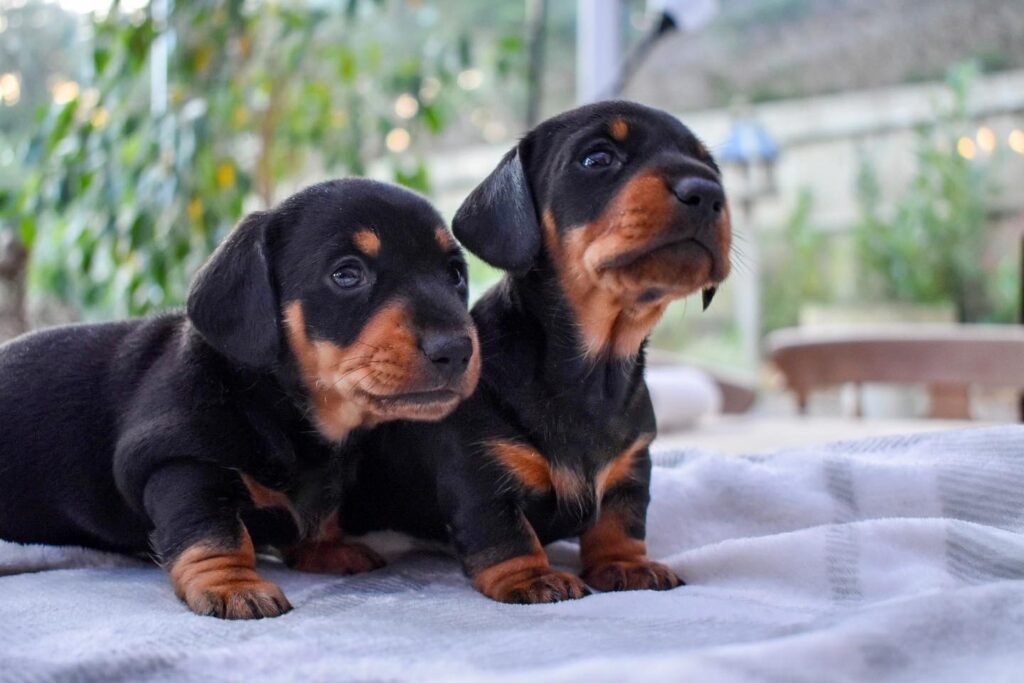
The Dachshund is described as clever, lively, and courageous to the point of rashness. He’s bred for perseverance, which is another way of saying that he can be stubborn. Dachshunds have a reputation for being entertaining and fearless, but what they want most is to cuddle with their people. For many Dachshund people, this characteristic outweighs having to deal with the breed’s insistence on having his own way. The Dachshund personality can also vary with coat type. Because the wirehaired Dachshunds have terrier in their background, they can be mischievous troublemakers. Longhairs are calm and quiet, and Smooths have a personality that lies somewhere in between. Some Mini Dachshunds can be nervous or shy, but this isn’t correct for the breed. Avoid puppies that show these characteristics. Temperament is affected by a number of factors, including heredity, training, and socialization. Puppies with nice temperaments are curious and playful, willing to approach people and be held by them. Choose the middle-of-the-road puppy, not the one who’s beating up his littermates or the one who’s hiding in the corner. Always meet at least one of the parents-usually the mother is the one who’s available-to ensure that they have nice temperaments that you’re comfortable with. Meeting siblings or other relatives of the parents is also helpful for evaluating what a puppy will be like when he grows up. Like every dog, Dachshunds need early socialization-exposure to many different people, sights, sounds, and experiences-when they’re young. Socialization helps ensure that your Dachshund puppy grows up to be a well-rounded dog. Enrolling him in a puppy kindergarten class is a great start. Inviting visitors over regularly, and taking him to busy parks, stores that allow dogs, and on leisurely strolls to meet neighbors will also help him polish his social skills.
PREVIEW OF OUR AVAILABLE PUPPIES
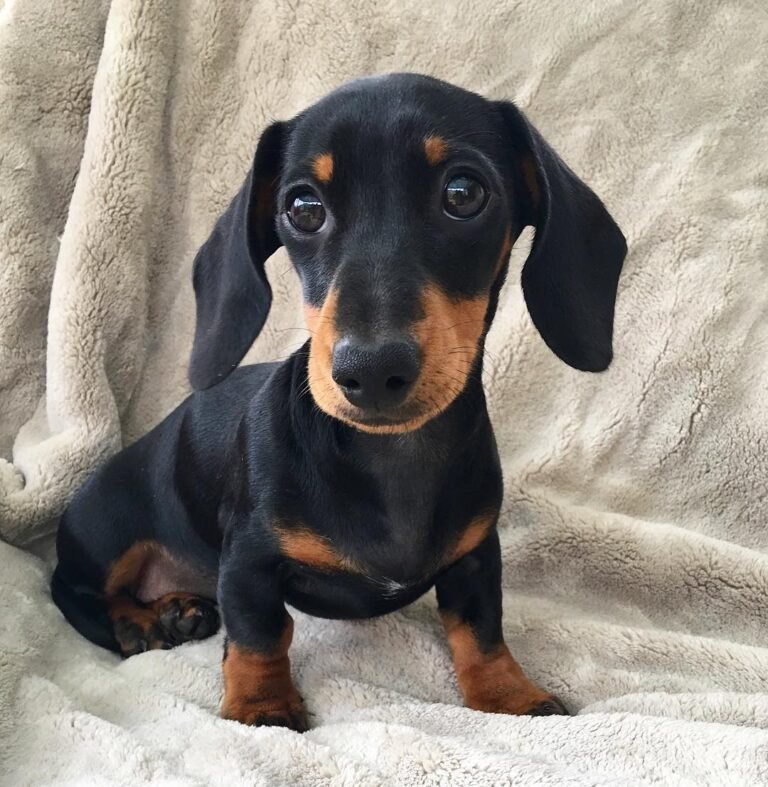
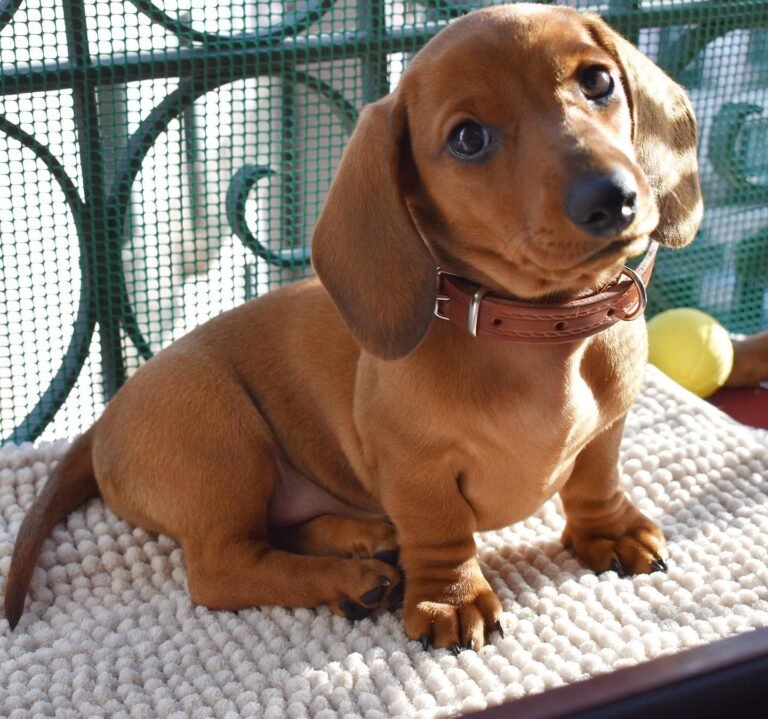
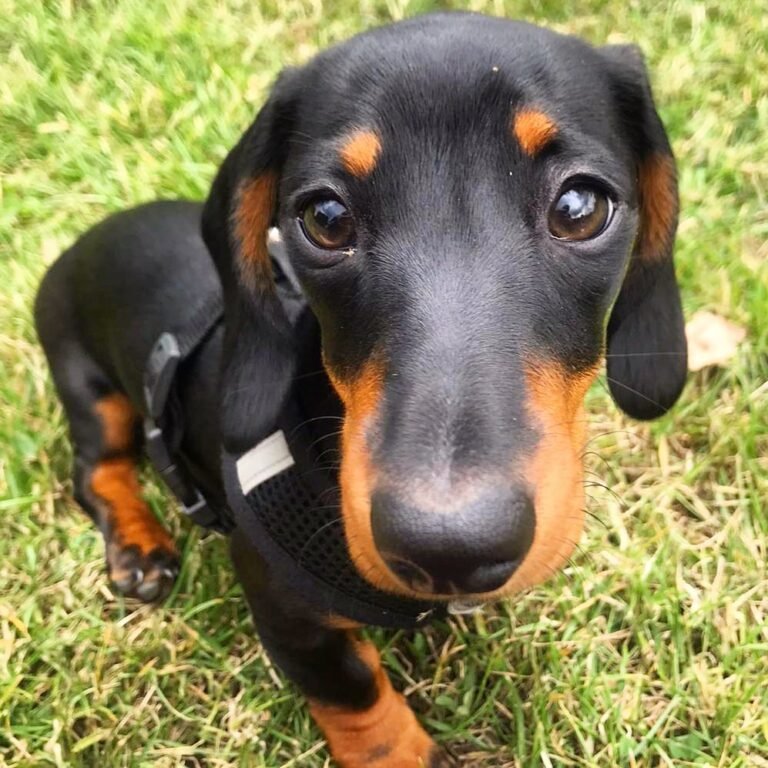
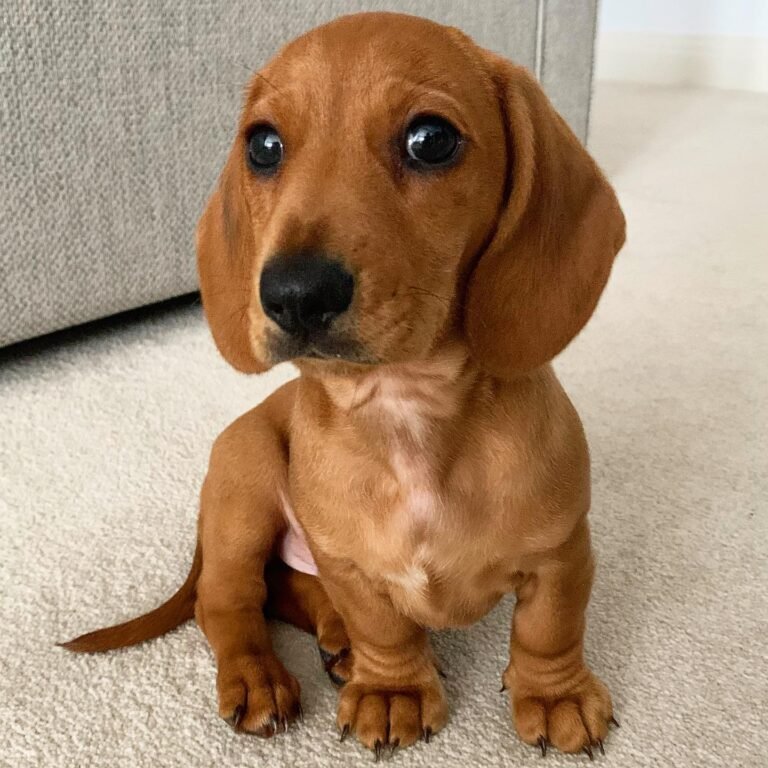
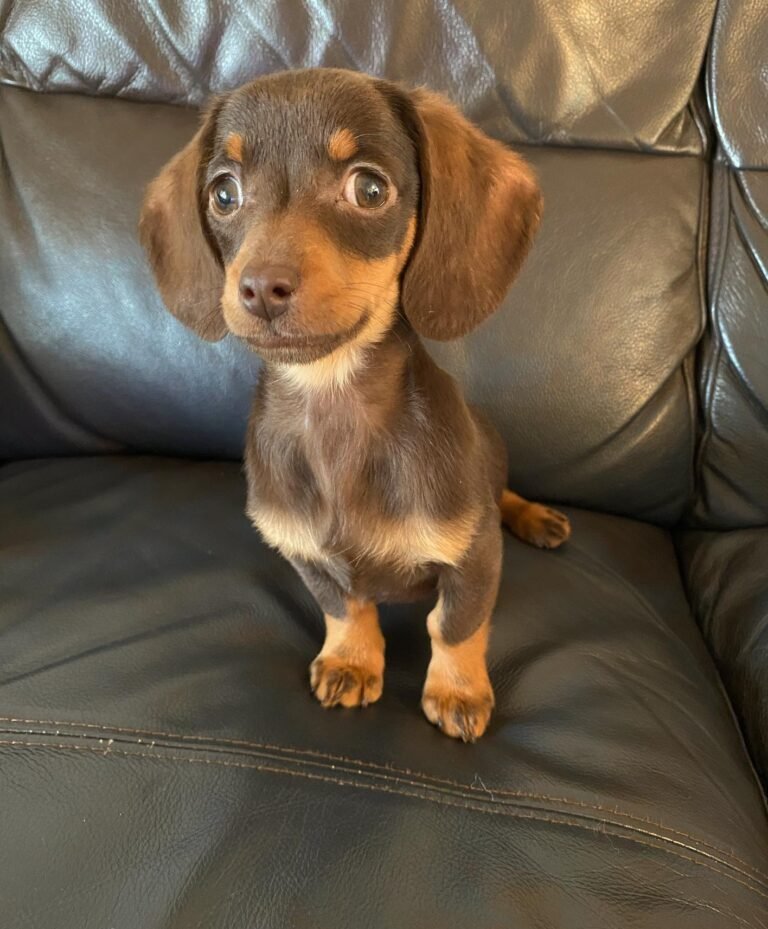
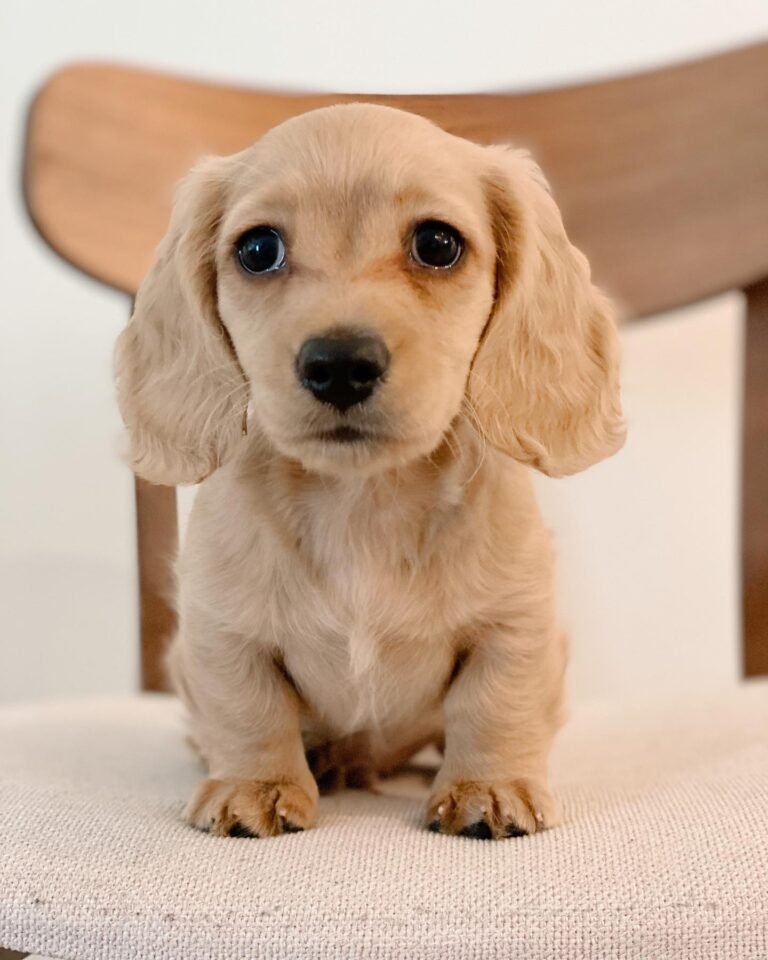
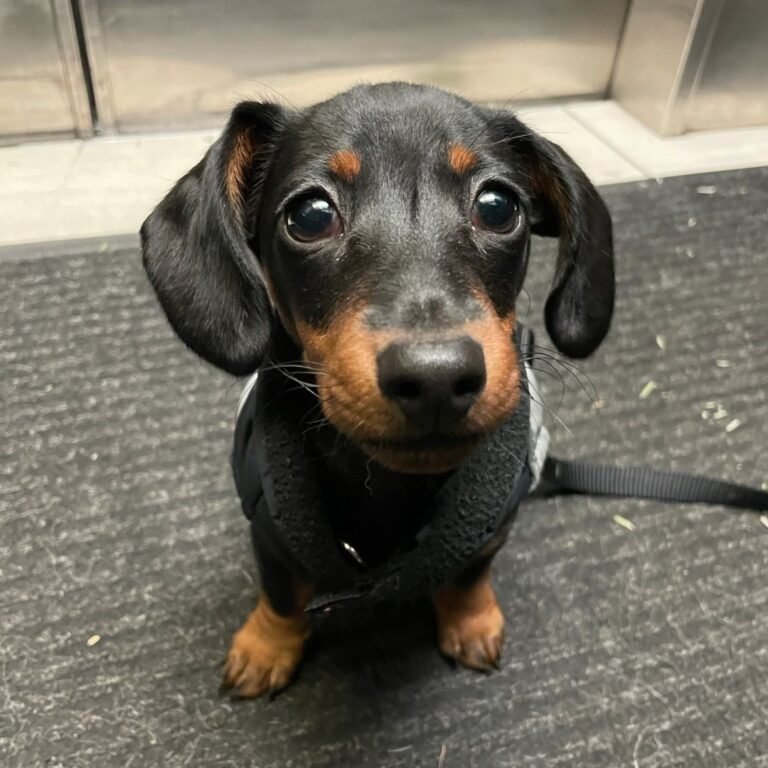
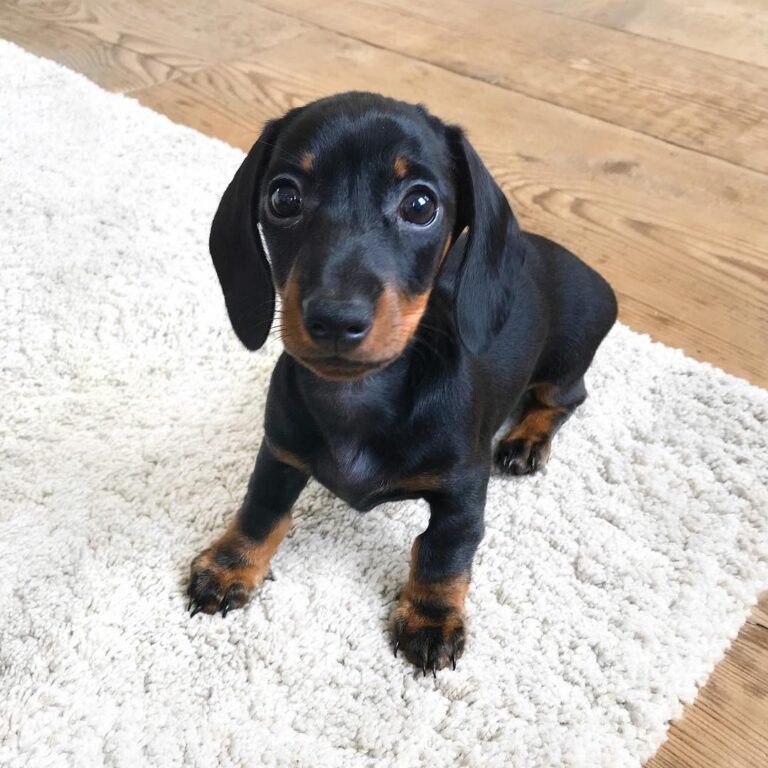
Reviews From Our Satisfied Clients
CONTACT FORM
© Copyright 2023 – All Rights Reserved Royal Dachshund Kennel
